By MARK DOUBT
Feb 27th (Classics Never Die)
If there has been a theme to my Women In Horror Month offerings, it has been The Women of 60s Horror. Barbara Steele, Deborah Kerr, Clare Bloom, Veronica Carlson…I’ve highlighted a number of women from 1960s horror over the course of the month, and it’s about time I explained why.
In the 1960s, a quiet revolution was happening in horror…
Women march for their rights.
As the women’s liberation movement began to form in the US and the UK, intent on dismantling workplace inequality and expressing sexual liberation, there was somewhere this was already happening…yes, the humble horror movie was ahead of the curve once again.
Up until this point, horror movies had, traditionally, featured mostly male heroes and villains, with women reduced to lesser roles – sometimes objects of desire, occasionally damsels in distress, more often little more than decoration.
In the 1960s, all this changed. Women were finally portrayed as three dimensional human beings, with wants, needs, desires, with plans and wiles and cunning. They would no longer need a man to save them from terror – instead they would live or die by their own actions and choices.
Janet Leigh in the shower in the famous scene from the 1960 film "Psycho".
Psycho (1960, dir Alfred Hitchcock) was something of a landmark film in this respect, in that it showed a very determined Marion Crane (Janet Leigh) as both antagonist and (later) victim. Marion was seen in bed with her lover (something unheard of at the time), on the run with a car full of ‘liberated’ money, and ultimately paying the price in that famous shower scene gone awry (also, it is thought, the beginning of the famous slasher trope of characters, usually women, being punished for sexual activity).
Another notable film was Robert Wise’s seminal haunted house movie The Haunting (1963), famed not only for having an atmosphere of terror that has rarely been bested, but for casting two female leads (Julie Harris and Claire Bloom) and making one of them, quite matter-of-factly, a smart, resourceful (yet nurturing and caring) gay woman. Claire Bloom’s Theo is a fantastic character, human and layered and – in a surprisingly positive note – neither defined by her sexuality nor punished for it. Theo is a lesbian in a hetero-centric society and yet is so much more than this – she is the staid, assured heroine, the beating heart of the movie, the supportive one who keeps her head when all around her are losing theirs. She is presented without any moral judgment whatsoever, a choice that remains refreshing today.
Scene from "The Haunting" (1963)
While Psycho and The Haunting may indeed have laid some groundwork, it was elsewhere that this celluloid revolution would blossom, and three English-born actors in particular (Hazel Court, Veronica Carlson and Barbara Steele) that would embody it. In other areas of the genre, women characters were being brought to life in all manner of ways – bold and brazen (without losing any of their femininity) and archly sexual (without their desires becoming their weakness), yet portrayed in such a manner that the men would not get upset – with male audiences tricked into believing that the women were still there just to be eye candy, these characters could take more and more screen time without turning the men off.
These roles, and the women that played them, would not only produce defining moments in genre cinema, they would redefine female roles on the silver screen. Forever ahead of the pack, it was the horror genre that showed why the female of the species was deadlier than the male - that understood the power of a complex, nuanced female role and what it could do for film. Fifty years on, every strong, captivating female role, every Best Actress Oscar Winner, owes a debt of gratitude to the roles played by Janet Leigh, Julie Harris, Claire Bloom, Veronica Carlson, Hazel Court and Barbara Steele – not just Scream Queens, but pioneering women of cinema.
Mark loves horror, it's history, Art House films and he loves to make art.
Be Sure to Check out his work
Have you listened to the Beyond The Voids Newest Episode? They picked a movie that embraces Women In Horror Month & Black History Month. Check it out here or iTunes Here.

![[#WiHM] The Decade That Changed Women in Horror | By Mark Doubt](https://images.squarespace-cdn.com/content/v1/58c1d10217bffc0ccdaf728d/1519764883911-X9MCOMXGBTCL5HV1IEDK/coverblank.jpg)




